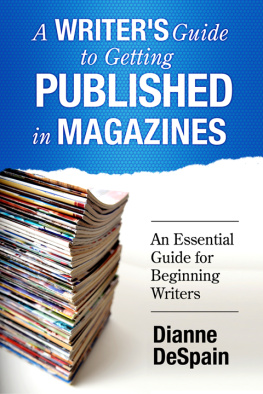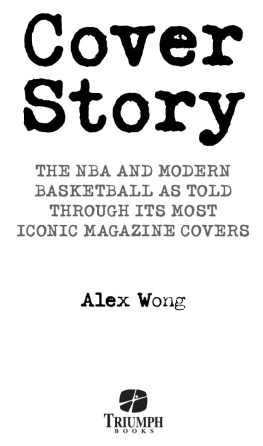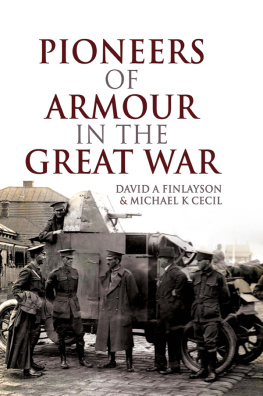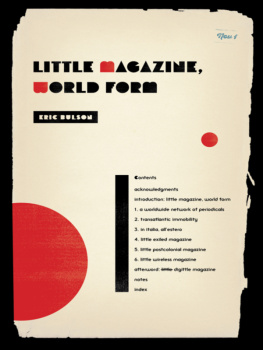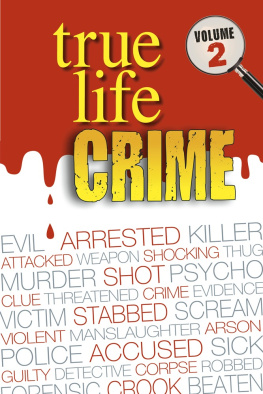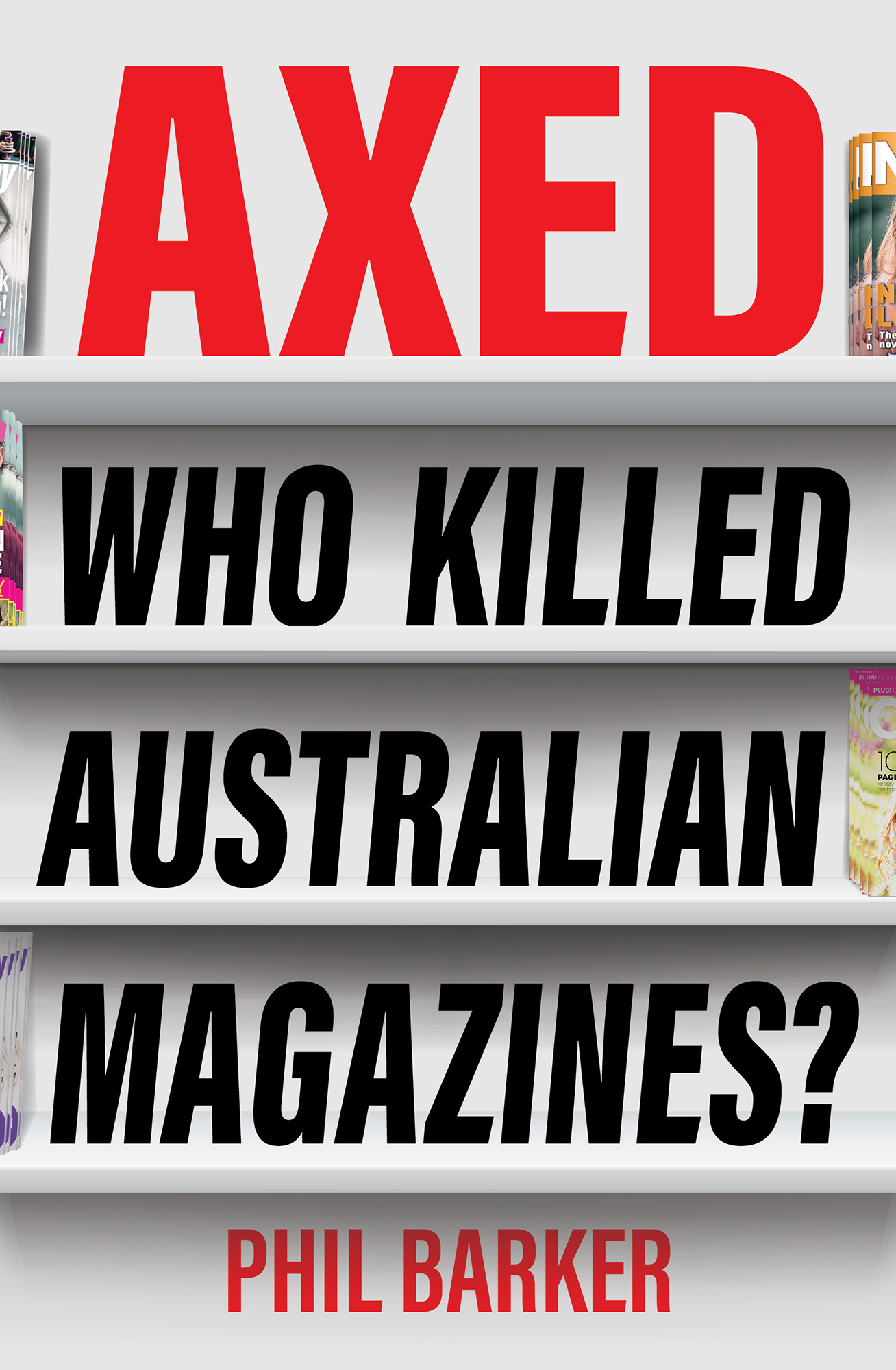Contents
Guide
Axed
Who Killed Australian Magazines?
Phil Barker
AXED: WHO KILLED AUSTRALIAN MAGAZINES?
First published in Australia in 2022 by
Simon & Schuster (Australia) Pty Limited
Suite 19A, Level 1, Building C, 450 Miller Street,
Cammeray, NSW 2062
Sydney New York London Toronto New Delhi
Visit our website at www.simonandschuster.com.au
Philip Barker 2022
All rights reserved. No part of this publication may be reproduced, stored in a retrieval system, or transmitted in any form or by any means, electronic, mechanical, photocopying, recording or otherwise, without prior permission of the publisher.

ISBN: 9781761103285
ISBN: 9781761103308 (ebook)
Cover design: Meng Koach
Cover image: Adobe Stock/MicroOne
Typeset by Midland Typesetters, Australia
For Lulu, Jayde, Clementine and Esmerelda
PREFACE
The reality is the central role that magazines enjoyed through the 20th century has been shattered by an information-rich, attention-poor world.
Christopher Warren, former federal secretary of the Media, Arts and Entertainment Alliance (MEAA), October 2019
Why the fuck do you want to get dressed up and have lunch with girls? screamed Col.
It was a good question, which I had time to consider carefully as I retrieved the typed resignation letter hed thrown in a scrunched ball at my feet.
Well We both glanced at the few bleary-eyed professional cynics, concerned about how long until the first schooner, who had drifted in to warm the subeditors bench for the afternoon shift.
They didnt even look up at Cols outburst. Col was in a constant state of outburst.
It was April 1993 and I had just turned 28. Id tendered my resignation to the legendary editor-in-chief of The Daily Telegraph, Col Allan, after almost five years as a layout subeditor on the back bench of the popular larrikin tabloid.
Allan is infamous for his temper. Everyone who worked with him has a story.
I could stay here getting yelled at on a daily basis or I could take myself about one kilometre deeper into the Sydney CBD to the famous, glittering, glamorous office tower in Park Street, home to Kerry Packers mighty stable of magazines, Australian Consolidated Press (ACP), to start work on an exciting new title.
From where I stood, getting dressed up and having lunch with girls sounded brilliant. Col, too, seemed to realise that, when you thought about it, it didnt seem too bad.
I asked if I would be allowed to leave before my one-month notice period was up.
Fuck that! screamed Col, warming to his task. Sit the fuck down and start drawing your fucking lines! Faaaark!
My job was to design the newspaper pages with a ruler and sharpie on a seven-columned sheet the same size as a newspaper page drawing lines, as it was called. I was told what the lead story and pic was on each page, then given all the yarns and left to my own devices to give all the stories the correct weight on the page.
Knocking out up to 20 pages a day was a brilliant grounding in print design, all the core principles transferring to magazines, marketing and communications later in my career.
Id been doing it since I moved to Australia from New Zealand in 1988, looking for a bigger media market. I adored my day (starting at 2 pm) on the back bench, where the editor, news editors and chief subeditor collaborate and argue to create the days paper. Id listen as decisions were made about what would be the splash on the front page, and why, then wait until the first edition came out around 10 pm.
The feeling of being in the middle of everything, of creating something influential and important, was addictive, but the opportunity to get into mags was just too shiny to turn down. Thats where the real action was. Magazines were booming.
In 1992, just a year earlier, Womans Day had hit the lead in its battle against New Idea and had touched the magic million copies a week mark. The Australian Womens Weekly was selling up to a million copies a month. Magazines simply leaped from newsagents shelves into the hands of eager readers.
Mags were the leading edge of popular culture and, in a pre-internet world, leveraged reader desire for gossip and glamour to become mega-budget money machines, pumping extraordinary sums into publishers coffers every week.
Id answered an ad in my own paper. ACP was launching a new, as-yet-unnamed magazine project and I applied for the role of news editor of what was described as a news magazine.
Sneaking off for my interview at Park Street confirmed my wildest hopes. If newspapers were a world of men, this was a world of women.
Compared to News Ltds grey Holt Street offices (as it was then), Park Street seemed like an explosion of colour, positivity and life. A glance into the foyer revealed a giddy swirl of activity highly groomed people rushing to meetings, rushing to lunch, rushing to deadline, rushing to budget.
From the walls, posters of current issues, one famous title after another, glowed in gleaming golden frames. This was indeed a publishing Amazonia.
I hoped to meet Juliet Ashworth, a mysterious British newspaper journalist who had according to gossip charmed Kerry Packer at a party in LA and scooped the prime gig of editor. (As it turns out, that story was untrue: shed been interviewed by Kerrys older brother, Clyde, on behalf of ACP publisher Richard Walsh, in LA.)
Ashworth did swan briefly in and out of the interview blonde, tall and posh; a doppelganger of the Princess Diana she adored with a serious reverence.
It became clear I was being interviewed for the role of chief subeditor, not news editor, the job Id applied for. My CV had somehow ended up in the wrong pile. So, as you do in these situations, I lied outrageously and got the job. Id never subedited in my life but had watched a lot of it happen.
The new magazine being launched was called The New Weekly. It was supposed to be a companion mag to the monthly behemoth The Australian Womens Weekly.
The Australian Womens Weekly, launched in 1933 by Frank Packer, was indeed a weekly until a decision was made to change the publishing frequency to monthly in 1983. It retained its name because Kerry didnt want a magazine called The Womens Monthly in his stable, period. And it would have been crazy to walk away from the brand equity and reader loyalty built up over 50 years by changing the name, something I wish Id understood more clearly when we changed the name of The New Weekly to NW in 1998.
Ashworth was given a small office, a desk and a phone, an unlimited budget and a brief to create a title to scoop up the advertising dollars that, incredibly, the AWW was physically unable to accommodate. The AWW was a monster: up to 300 pages in girth and raking in an estimated $2 million in advertising a month.
Rather than let the ad dollars land in another publishers coffers, ACP simply created another bucket to catch it.
The New Weeklys launch party was a glittering affair at the swankiest restaurant in town at the time, Level 41, high up Chifley Tower.
The Sydney Morning Heralds gossip writer, Andrew Hornery, then just 23 and working for a trade publication, described it in a


